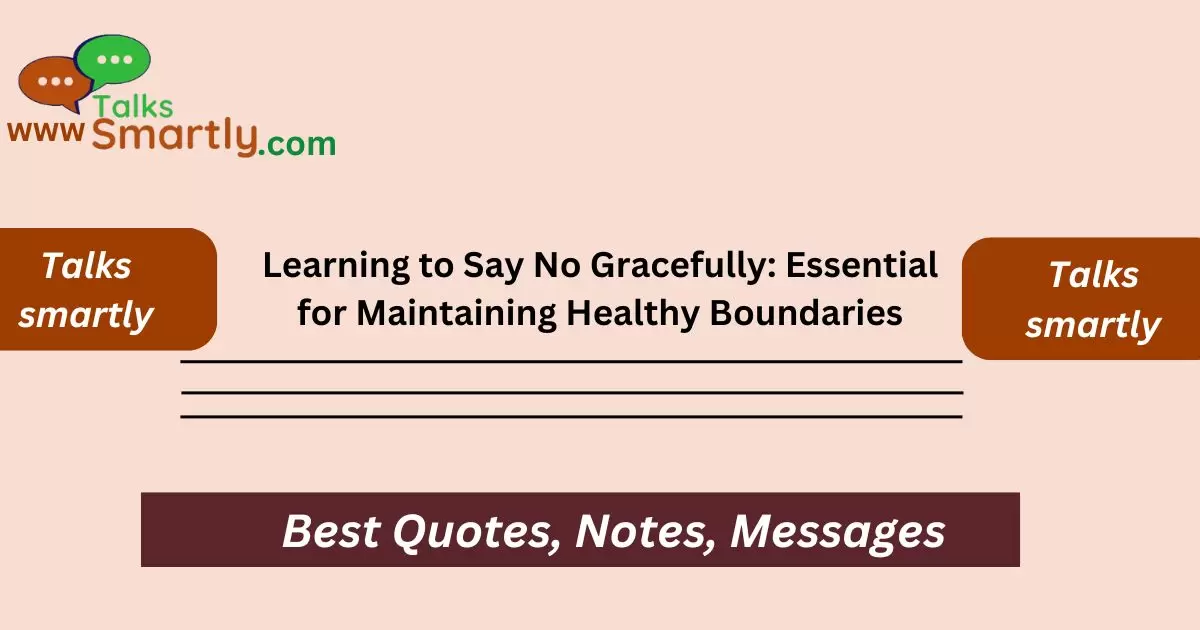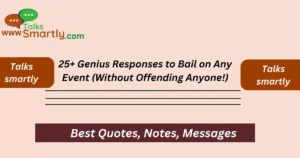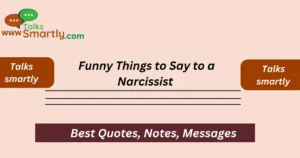“Navigating the delicate art of saying “no” with grace can enhance your personal and professional relationships.“
Knowing how to decline requests or invitations politely is a powerful tool in maintaining control over your time and energy. It helps prevent burnout and ensures that you only commit to what truly matters to you. Saying “no” gracefully is not just about refusal but also about how you convey your decision.
To build this skill, start by practicing polite and assertive communication. This will enable you to set boundaries without feeling guilty or offending others. Effective strategies for saying “no” can lead to better self-respect and healthier relationships.
Understanding and implementing these techniques can help you navigate challenging social and professional situations with ease. You’ll find that saying “no” doesn’t have to be uncomfortable, and it can ultimately lead to more fulfilling engagements and a more balanced life.
Key Strategies for Saying No Gracefully
Be Honest and Direct
- Clearly state your inability to fulfill the request.
- Provide truthful reasons for your decision.
- Avoid vague responses that can lead to misunderstandings.
Express Appreciation
- Thank the person for considering you.
- Acknowledge the value of their request or invitation.
- Show that you appreciate their understanding.
Offer an Alternative
- Suggest another person who might be able to help.
- Propose a different time if applicable.
- Offer other ways you might assist in the future.
Use “I” Statements
- Frame your response from your perspective.
- Avoid blaming or criticizing the requester.
- Make it clear that your decision is based on your own situation.
Be Firm but Polite

- Stand by your decision without wavering.
- Maintain a courteous tone throughout the conversation.
- Reiterate your decision if necessary.
Practice Active Listening
- Show that you have understood their request.
- Listen carefully before responding.
- Confirm your understanding before giving your response.
Keep It Short
- Provide a concise response to avoid over-explanation.
- Stick to the main points to communicate your decision clearly.
- Avoid unnecessary details that may complicate the situation.
Set Boundaries Clearly
- Define what you can and cannot do.
- Communicate your limits explicitly.
- Ensure there is no ambiguity about your boundaries.
Reinforce Your Decision
- Politely but firmly confirm your decision.
- Avoid leaving room for misinterpretation.
- Ensure the other person understands your stance.
Maintain a Positive Attitude
- Use a friendly and respectful tone.
- Avoid sounding negative or dismissive.
- Keep the conversation constructive and positive.
Acknowledge Their Needs
- Validate the importance of their request.
- Show empathy towards their situation.
- Recognize their perspective before declining.
Witty Replies to “Can I Have Your Number?”
Avoid Apologizing Excessively
- A brief apology is enough.
- Avoid over-explaining or feeling guilty.
- Focus on your decision rather than dwelling on apologies.
Be Consistent

- Ensure your responses align with your established boundaries.
- Avoid making exceptions that could lead to confusion.
- Maintain consistency in your approach to saying no.
Prepare for Pushback
- Be ready to reinforce your decision if challenged.
- Stay calm and firm in your response.
- Provide additional clarification if needed.
Follow Up if Necessary
- Offer support or alternatives if appropriate.
- Check in later if you can assist in another way.
- Maintain a positive relationship despite the refusal.
FAQs
1. How can I say no without feeling guilty?
Focus on your priorities and practice assertive communication. Remember that setting boundaries is a healthy and necessary aspect of maintaining balance in your life.
2. What if the person insists after I say no?
Stay firm and repeat your decision politely. Reinforce your stance with respect, and avoid engaging in lengthy explanations.
3. How can I say no to a friend without damaging the relationship?
Express appreciation for their request, provide a clear but polite response, and offer alternative ways to support them if possible. Maintaining a positive tone can help preserve the relationship.
4. Is it ever okay to say no without giving a reason?
Yes, it’s acceptable to decline without providing a detailed explanation, especially if the reason is personal. Simply state your inability to comply and express appreciation for their understanding.
5. How can I handle feeling uncomfortable after saying no?
Reflect on the importance of maintaining your boundaries and remind yourself that it’s a healthy practice. Over time, you’ll become more comfortable with setting limits confidently.
Conclusion
Learning to say “no” gracefully is a vital skill for maintaining healthy boundaries and relationships. By practicing these techniques, you can navigate social and professional interactions with confidence and respect. This skill not only protects your well-being but also fosters more meaningful and balanced connections.
Mastering this art will enable you to manage your commitments more effectively and maintain a healthier, more satisfying lifestyle. Embrace the power of saying “no” with grace, and you’ll find that it enhances both your personal and professional life.











